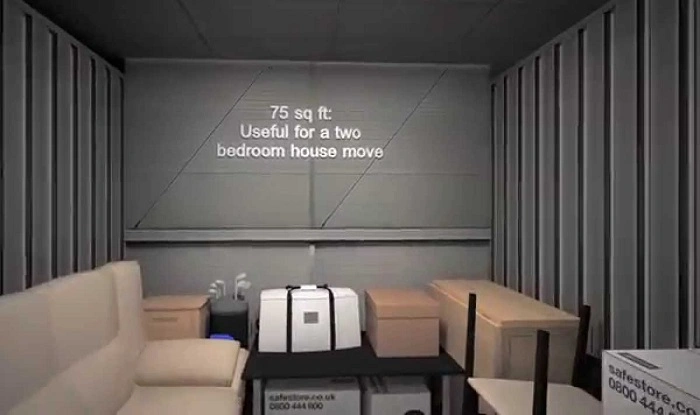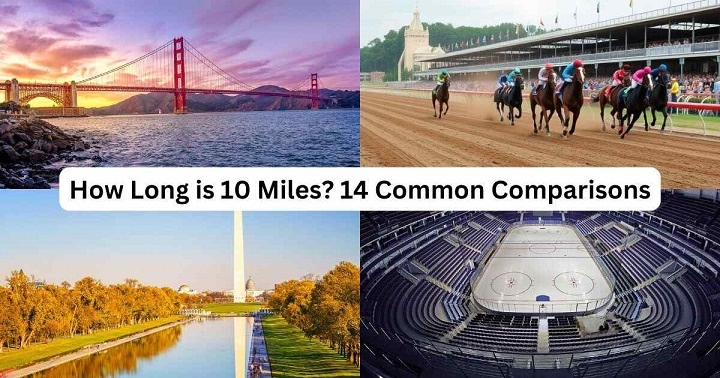75 Feet Visualized: Understanding This Distance in Real Life
When one talks about 75 feet distance, it may seem precise but not an easily visualized distance. Is it the length of a building? A swimming pool? A small field? Knowledge about the length of 75 feet will allow one to bridge the gap between what is written on a piece of paper and what exists in the real world.
In real life, 75 feet is not such a huge distance as a hundred and ten feet, yet it is a lot compared to a short room or a hallway. It is in that intermediate zone, long enough to specify the size of houses, sports grounds, or automobiles, but not too long to be covered in a few seconds on foot.
Let us deconstruct what 75 feet actually is by using relatable comparisons in the homes, sports, traveling, building, and nature.
How Long Is 75 Feet?
Mathematically 75 feet is equivalent to 900 inches or approximately 22.86 meters. It is about seven regular parking spaces put together, or slightly smaller than a quarter of a football field.
Assuming you are walking at a slow pace then it would take you 15-20 seconds if you walked 75 feet. You could easily see the other end of it, but it would be a short distance, though you would feel it was a little.
75 Feet in Everyday Life
In the real world, 75 feet is more common than most individuals would imagine. The design, safety and layout of any place are influenced by this measure, whether that is your home, work place or neighborhood.
As an example, the suburban backyards are about 60 to 80 feet in depth. Then, as you have a long yard, you must have a space about 75 feet between the fences. A garden, patio, playground or even a little swimming pool are sufficient.
At residential houses, a passage or driveway can go up to 75 feet in extensive areas. There are also apartment parking lanes and commercial lots which occupy this distance to enable maneuvering to be done conveniently.
75 Feet In Architecture and Construction.
The most common planning dimension used by architects, engineers and builders is 75 feet. The height of a building is approximately 75-feet or about 7 stories, which provides it with a visible yet moderate presence in the skyline. It has the size of a mid-rise apartment house or a warehouse with vertical storage systems.
The width of a large house or of a small commercial building is 75 feet in horizontal terms. An average lot in most residential areas may be 75 feet in diameter, which is a usual residential line.
In the interior area, a hall of 75 feet or office open plan is large and can easily be used as a workstation or desks in rows. This distance gives an option of a large banquet or small exhibition space in the event venues.
The article covers sports and recreation and includes 75 feet within it.
Sports present some of the most vivid means of imagining this distance.
On average a basketball court would be approximately 94 feet in length, and 75 feet would occupy the major part of the length, just short of one of the baselines. You might imagine standing on one end and look almost across the whole field of play.
In swimming, 75 feet = 25 yards, which is the normal distance of a short course pool that is used in most schools and fitness centers. And so when you have once swum one lap in a pool, you have already covered 75 feet!
The space between the outfield grass and the home plate in baseball is almost 75 feet (based on the layout of the park). It is also about the height of the light poles or score boards which are raised high above the stadium so that it could be seen.
In the case of soccer or tennis, 75 feet might be a width of smaller training fields or practice courts – large enough to play soccer but small enough to practice or play indoors.
Transportation and Vehicles 75 Feet.
In transportation, it is possible to visualize 75 feet with big vehicles and parking systems. A typical city bus is approximately 40 feet in length hence when two buses were stationed, it would be approximately 80 feet or almost 75 feet in length.
A freight car in railways is approximately 60 feet long, that is, one and a half cars make 75 feet. When you look at this train crossing you get the impression of the distance moving.
The size of the wings of a jet could be nearly 75 feet in the case of smaller passenger jets in airports. Being under such an aircraft provides one with a physical comprehension of the majestic tip-to-tip reach.
Outdoor and Landscape Design 75 Feet.
This distance is common with landscapers, gardeners and urban planners. A 75ft walk is extensive enough to take scenic walks in the garden or in between outdoor seats. It gives breathing space but is not over extended.
Parks may have 75 feet distance between the benches, play areas, or fountains, which guarantees a comfortable flow of the visitors. Big estate or shared building driveways can also go up to 75 feet in length and can easily accommodate more than one vehicle.
Even by taking such a row of trees that are 10 feet between the trees, a 75-foot area would contain approximately seven or eight trees again, it can be a beautiful visualization of spacing and rhythm in the natural world.
Maritime and 75 Feet in Water.
At sea 75 feet is the measure of large yachts or small vessels. A 75-foot yacht has several decks, cabins and lounges, which are preferred by the owners of the vessel, who will be free to move around in a relatively comfortable manner.
When diving or studying the sea, 75 feet underwater is a moderate depth where experienced divers can go to investigate reefs, wrecks and marine life without having to go to extreme depths.
A 75-foot span may be used to establish the width of a narrow channel or a section of a bridge, which would be visible at each end.
75 Feet in Nature
The ways in which to imagine this distance are beautiful, which nature provides. Most of the waterfalls in the world are approximately 75 feet (tall enough to create spectacular images without being huge). The crash of water falling off that depth and the view of it makes you experience the 75 feet really in the vertical measure.
A tree, a full 75 feet in height, e.g. a fully grown pine or oak, towers up into the air far over the roofs. Thick majestic canopies are created by forests full of trees that high.
FAQs About 75 Feet
What is 75 feet in meters?
75 feet is about 22.86 meters.
How many stories is 75 feet?
That’s around 7 stories up, assuming the floors are about 10–11 feet each.
What is 75 feet long?
They range from small yachts and swimming pools to driveways and low-rise structures.
How many cars fit in 75 feet?
So between five standard-sized cars parked bumper to bumper would be almost 75 feet.
How far is 75 feet to walk?
You’re walking 75 feet and walking at approximately a normal pace takes 15–20 seconds.
How is this 75 feet relative to a football field?
A football field is 300 feet in length, so 75 feet is a quarter of the distance.
Can you see 75 feet clearly?
Yes, definitely — it’s well within clear human vision, and fine details are still visible at those distances.
Seventy-five feet is a story about balance: It’s not too short, and it’s not even long; but it’s exactly long enough to intersect real-world design, sports fields, landscapes and architecture. It’s the depth of backyards and the height of mid-sized buildings and the length of swimming pools.
It helps to be able to visualize 75 feet It’s a good exercise,” said Mr. Stinson “It bridges that gap between abstract numbers and real-world experience. Whether you’re thinking about a building, doing laps or imagining the length of a row of parked cars, this distance is one we all sense as being functional and familiar.
Or on a small scale, the width of a river or the length of an uninterrupted parking lane — 75 feet is one those sneaky dimensions that informs much of our everyday design and movement. Once you train your eye to find it, suddenly you’ll see it all around — throughout cities and the natural world, even in your own backyard.









